Apple iPhone 16 vs iPhone 13 mini: Well, it might be time to upgrade
We may earn a commission if you make a purchase from the links on this page.

Intro
Small phones are unfashionable.
Even Apple, which was one of the last holdouts of compact handsets, abandoned the form factor years ago. The iPhone 13 mini was the last regular iPhone with a screen smaller than 6 inches, and while the iPhone SE lineup exists, it's still fair to say that compact iPhones are off the menu.
Well, the new iPhone 16 is not exactly compact, but the writing's on the wall––it is the most compact new iPhone that Apple has in store for us in 2024. With the same design that has been around for the past few years, but with some notable upgrades. We get two new buttons, an Action Button and a new Camera Controls button, as well as a faster new chip that supports Apple Intelligence.
The iPhone 16, which broke cover on September 9, is the most compact and most affordable new iPhone by a long shot, but sadly, it is nowhere near the iPhone 13 mini when it comes to overall compactness and value for money.
The iPhone 16 recently got updated to iOS 18.2, which means that it scores another round of Apple Intelligence features. Genmoji and Image Playground arrive with iOS 18.2, and so does the Visual Intelligence functionality for the Capture button. Users can also make use of smart categorization in Apple Mail. Finally, there's ChatGPT for Siri, which should be a great feature for the AI chatbot's core users.
Still, how does the latest iPhone compare against the most compact one lately? Let's compare the two and deduce whether you should upgrade or not.
iPhone 16 vs iPhone 13 mini differences:
| iPhone 16 | iPhone 13 mini |
|---|---|
| Brighter 6.1-inch OLED display with Dynamic Island | More compact 5.4-inch OLED screen with a small notch with standard max brightness |
| New Action Button, new Camera Control button | Standard mute switch |
| Apple A18 chip | Apple A15 Bionic chip |
| 8GB of RAM | 4GB of RAM |
| Apple Intelligence support | No Apple Intelligence support |
| 128GB, 256GB, and 512GB storage options | The same 128GB, 256GB, and 512GB storage options |
| New vertical layout for the camera that allows Spatial Video | Diagonal camera layout |
| Dual camera system with a 48MP main camera, 2X sensor crom, and 12MP ultra-wide w/ macro | Dual main and ultra-wide 12MP cameras with smaller sensors |
| USB-C port at the bottom | Lightning port at the bottom |
| 20W wired charging | 20W wired charging |
| 25W MagSafe charging | 15W MagSafe charging |
| $799 starting price | $699 price at launch, no longer available officially |
Read more:
- Apple iPhone 16 Review: A Step Forward, But Not a Giant Leap
- iPhone 13 mini review: the small phone that's actually good
- iPhone 16 vs iPhone 13: All the rumored upgrades
- The best iPhone to buy: our verdict
- iPhone 15 vs iPhone 13
Design and Size
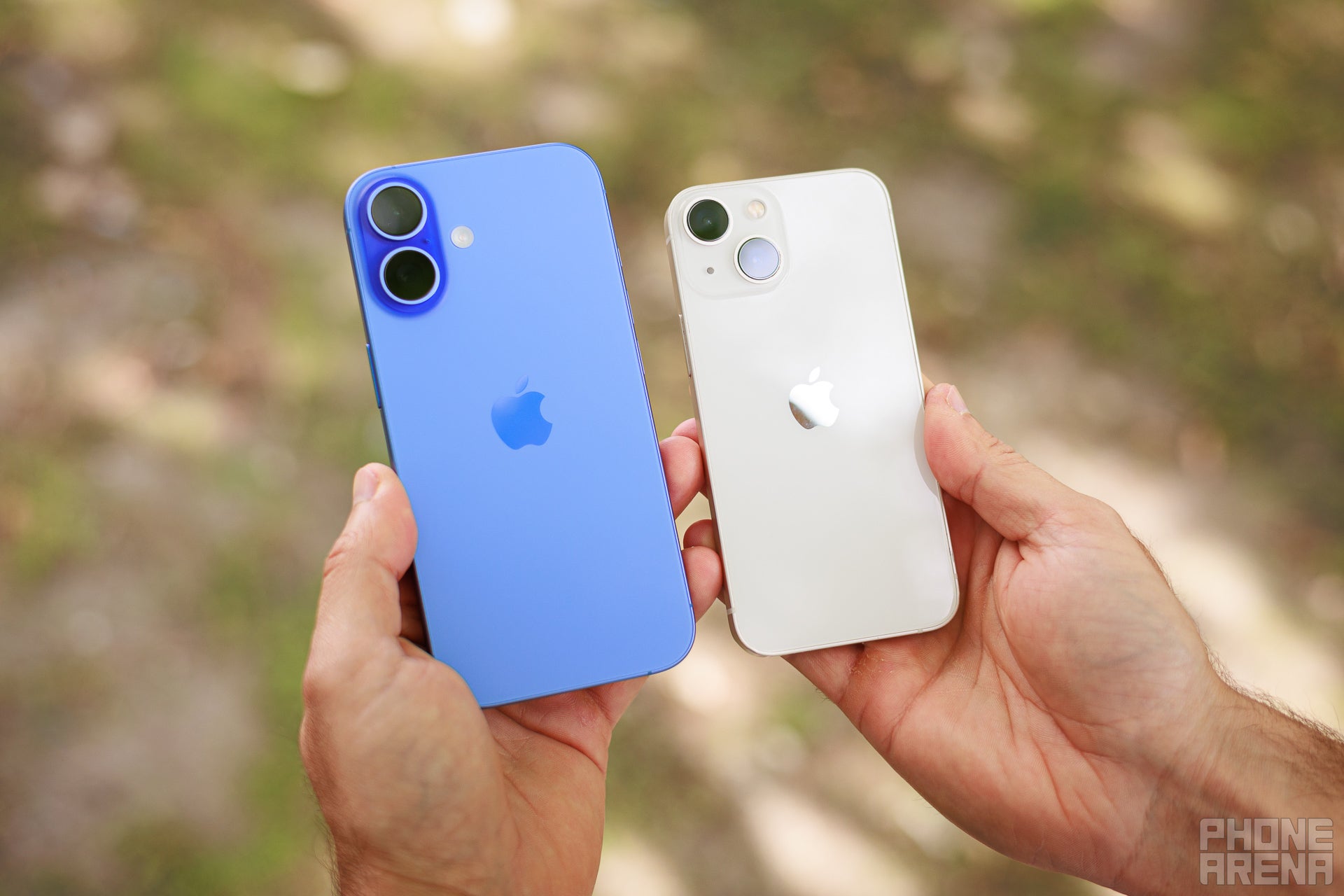
Well, although three years will have passed since the iPhone 13 mini broke cover, there wouldn't be that many differences between the compact old champ and the new iPhone 16, style-wise.
Naturally, the two will differ in terms of size. In one corner, we got a very single-hand friendly iPhone 13 mini with a 5.4-inch screen that weighs just 141gr; in the opposite corner, you get the 6.1-inch aluminum device that's taller, wider, thicker, and heavier.
Both phones employ the same general design language with the now iconic flat displays and frame, which has been slowly adopted by nearly the whole industry. At the front, the iPhone 16 has the Dynamic Island punch-hole design, whereas the iPhone 13 mini has the older notch design language, though it's slightly smaller than the preceding iPhone 12 generation.
Two important new changes coming to the iPhone 16 will be the Action Button, first introduced on the iPhone 15 Pro/Pro Max. This one substitutes the signature ring switch of old and allows you to assign different features to the Action Button.
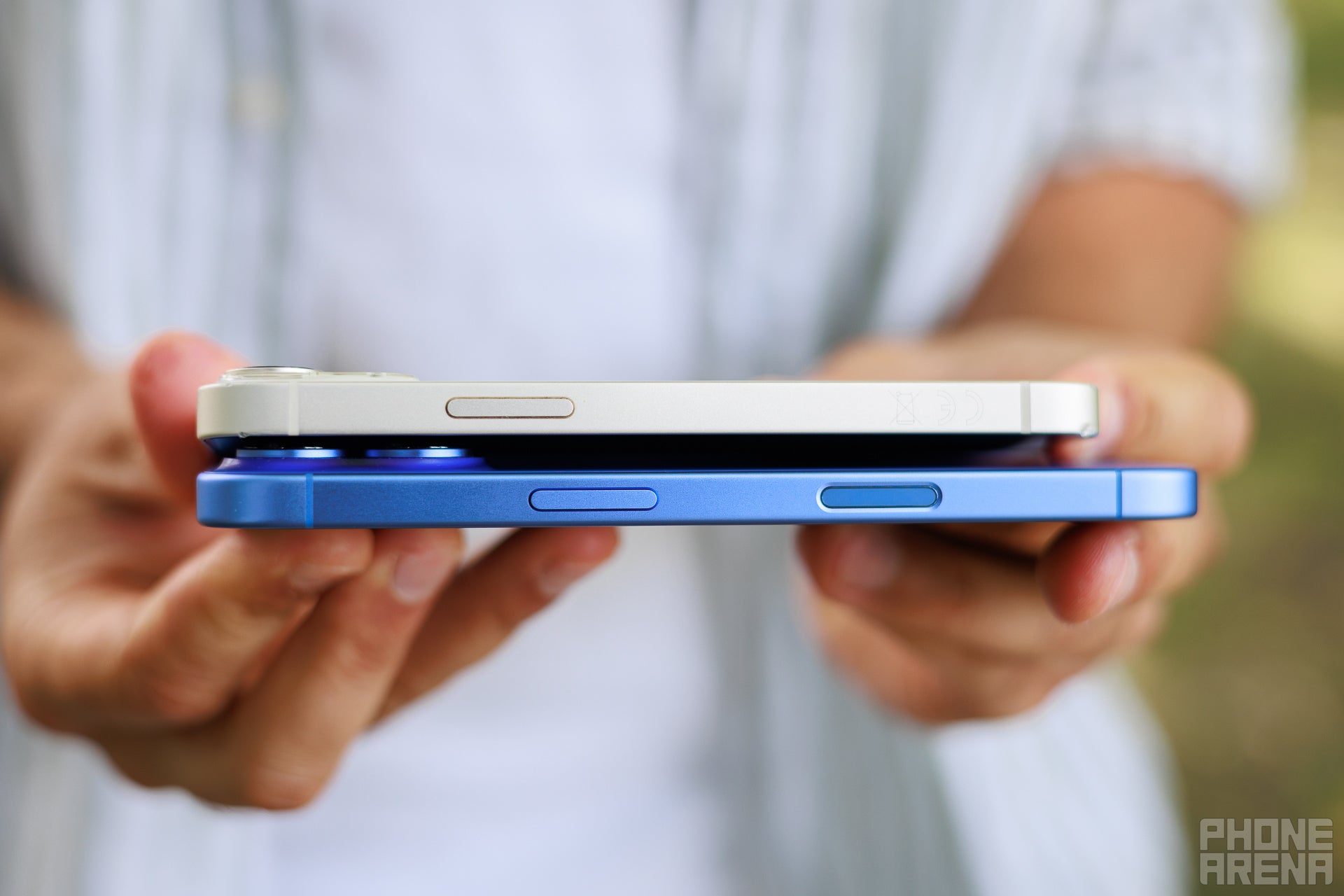
Another significant change is the new Camera Control button, which is positioned on the right side of the iPhone 16 and allows you to quickly interact with the iPhone 16 camera. Aside from quickly capturing photos or videos, the Camera Control button also allows you to hold and swipe to select between different camera controls, like exposure, Photographic Styles, and so much more.
At the rear, the camera islands are also different. The iPhone 16 actually features vertically aligned camera lenses to allow the device to capture spatial video intended for the Apple Vision Pro headset. The iPhone 13 mini, on the other hand, features the older diagonally aligned camera lens style.
The iPhone 13 mini features IP68 water and dust-resistance, and the iPhone 16 does so, too. The newer iPhone has a USB Type-C port at the bottom, while the iPhone 13 mini is still a Lightning port holdout.
The iPhone 16 colors this year are a colorful bunch. It comes in Pink, Teal, Ultramarine, Black, and White. Meanwhile, the older iPhone 13 mini was available in Starlight, Midnight, Blue, Green, Pink, and Product RED colors.
Display Differences
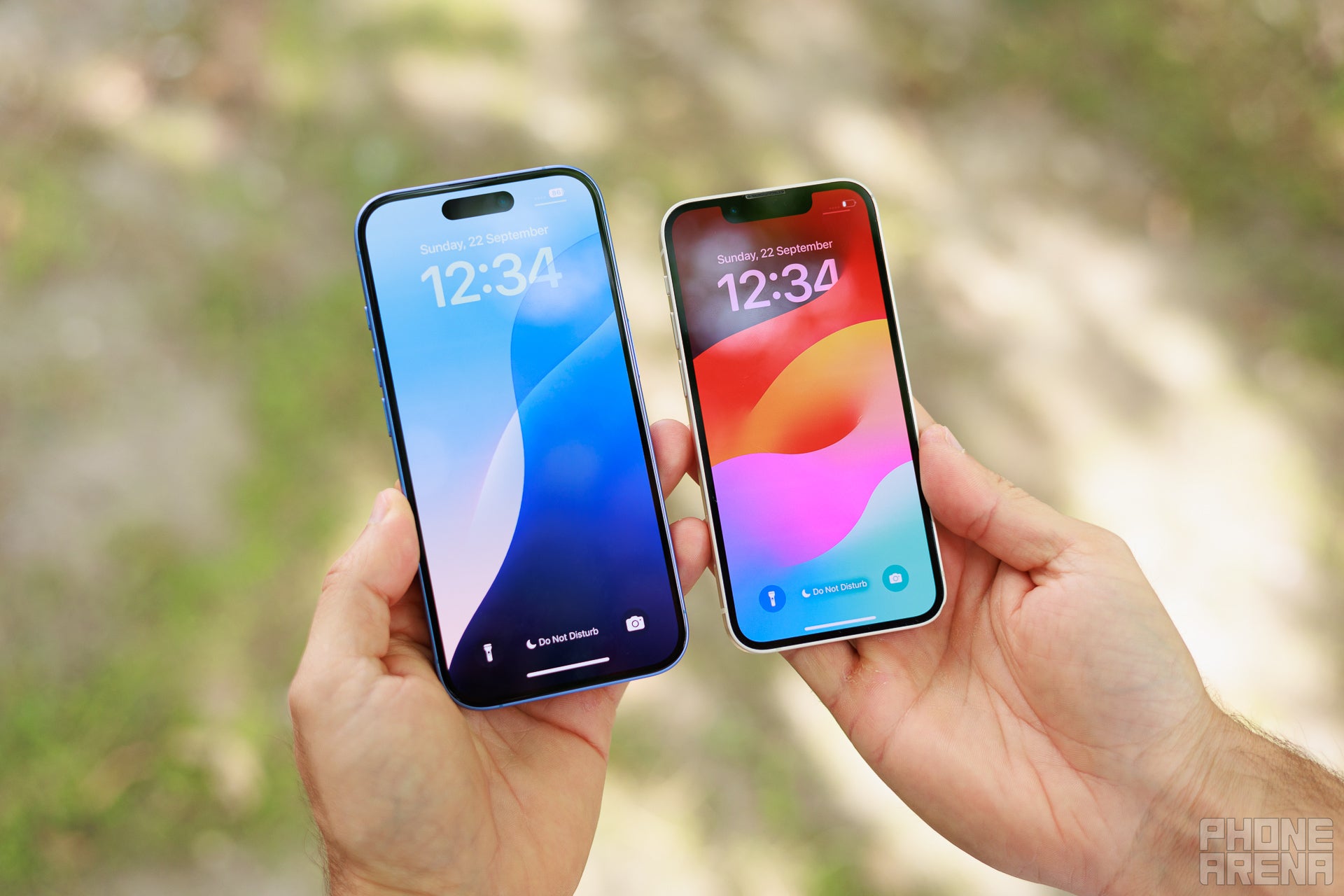
As we mentioned, the iPhone 16 arrives with the same 6.1-inch display that has been around since the iPhone 11.
No major changes on deck here: the same OLED Super Retina XDR screen with 60Hz refresh rate, high peak brightness of around 1600 nits, and the new here minimum brightness of just a single nit, making the phone very suitable for usage during the night.
Meanwhile, the iPhone 13 mini also comes with an OLED screen with a 60Hz refresh rate, just smaller and more compact, measuring 5.4 inches across. The peak brightness is pretty standard, at around 1,000 nits, but the main and most important thing about the iPhone 13 mini remains the super compact size and the minuscule display, as per today's standards.
In our tests, the iPhone 16 fares better than the iPhone 13 mini in most use scenarios, including both maximum and minimum brightness levels. However, the iPhone 13 mini has a more accurate color reproduction, as evident in the color charts in the table above. You probably won't notice any difference in real-world scenarios, but hey, this is what the data says, and data is king.
Both devices rely on Face ID for on-device authentication, but the iPhone 16 has the newer Dynamic Island whereas the iPhone 13 mini uses a regular iPhone notch. To be fair, it's smaller than the ones on the iPhone 12 and older.
Performance and Software
A great performance leap

The iPhone 16 features the Apple A18 chip. Just like the Apple A17 Pro that powered the iPhone 15 Pro Max and iPhone 15 Pro last year, this chip will be built on a 3nm manufacturing node, ensuring exceptional performance and efficiency.
The iPhone 13 mini comes with the Apple A15 Bionic chip, built on a 5nm manufacturing process, so that's a three-generational gap between the two iPhones in favor of the newer iPhone 16. However, phones equipped with the A15 Bionic don't really feel too outdated or sluggish. Still, not a good outlook for the potential future-proofness of the device, which is about to be obsolete in a couple of years' time.
Okay, we lied, one way in which the older chip might feel terribly outdated is artificial intelligence, and Apple Intelligence in particular. The A18 chip inside the iPhone 16 means that it supports Apple Intelligence, though Cupertino's suite of smart AI features isn't here yet and will experience a staggered launch over the coming months.
How's the daily performance? Well, we ran our synthetic benchmarks, and the data is in: to no surprise, the iPhone 16 beats the older iPhone 13 mini in all performance tests. No matter if we're talking about the CPU-heavy Geekbench 6 or the graphics-testing 3DMark Extreme, it's the iPhone 16 that takes the cake.
However, the iPhone 13 mini is still a perfectly capable phone that's alive and kicking despite the advances in mobile performance since its release.
Another major change on the iPhone 16 are the 8GB of RAM on board. The reason for that are the tasking hardware requirements for on-device Apple Intelligence processing. As a comparison, the iPhone 13 mini boasts 4GB of RAM, which sounds unimpressive in comparison, but RAM isn't such a major issue with iPhones. Still, it's good to have more, no?
In terms of software support, Apple has officially promised that all of its phones are getting at least five years of software support. However, the company usually underpromises when it comes to device support, as many iPhones older than five years are regularly getting supported for much longer. Case in point, the iPhone Xs series released in 2018 is slated to receive the iOS 18 update, so that's nearly seven years of support, which is nice.
We expect the iPhone 16 to be supported until the end of the decade, and then some. The iPhone 13 mini could potentially get sunset around 2028.
iOS 18.1 and Apple Intelligence
Apple is finally in the AI race with Apple Intelligence, which enables a whole trove of new features sprinkled all around iOS. Apple Intelligence is also set to improve Siri's capabilities and allow it to integrate with smarter AI tools, like ChatGPT. Most AI processing occurs on the device, but complex tasks can be handled using Apple's Silicon-powered cloud servers.
The first wave of new artificial intelligence features was released with iOS 18.1. The latter is now out, so all these features are available for Apple's newest iPhone 16 series. Don't expect Apple Intelligence to be available on the iPhone 13 mini: it will get iOS 18.1, but no new AI features will be found on board.
Here's what iOS 18.1 brings to the iPhone 16:
- Photos––The Photos app has undergone a redesign and now includes AI features like Memory Movies, which can generate a movie from your photo library based on a prompt you enter. The app also has a Clean Up tool for removing unwanted objects from photos. That's similar to most other manufacturers' similar takes on that functionality;
- Writing Tools––One of the standout features of iOS 18.1 is its built-in writing tools, which enable you to proofread and rewrite text directly within almost any app. You can choose to apply edits one by one or all at once. The tool can also summarize text, create bullet points, and generate lists, making it a highly valuable addition;
- Siri––While a more advanced Siri is expected in early 2025, the current iOS 18.1 version brings a fresh look, featuring a glowing overlay that appears on iOS, macOS, and CarPlay when Siri is activated. You can also type out commands instead of speaking them. The assistant now offers better context awareness and can adapt to mid-sentence changes in your query;
- Mail––The Mail app now features Smart Reply for quick, suggested responses, and can summarize emails. Important emails are flagged as high priority, ensuring you’re promptly notified when they arrivе;
- Messages – The Smart Reply feature is now part of the Messages app too, helping you send appropriate responses quickly and effortlessly;
- Focus Modes––A new focus mode called Reduce Interruptions uses Apple Intelligence to notify you only of essential messages, allowing you to concentrate without distractions;
- Notifications––iOS 18.1 introduces an AI-powered notification summary that appears on the lock screen, giving you a quick overview of key updates;
- Phone––The updated Phone app lets you record calls and automatically transcribe them into the Notes app, making it easy to reference important conversations later;
- Safari––The Safari browser now includes a summarizing feature that condenses web pages into key points, helping you digest information more efficiently.
iOS 18.2
Just a couple of days before iOS 18.1 was released, Apple also seeded the iOS 18.2 developer beta, which gives us a sneak peek at the second wave of Apple Intelligence features.
- Image Playground––With this feature, you can create custom images based on text description. Read more in our Image Playground overview;
- Genmoji––This feature allows you to generate unique emoji based on a prompt. This feature either uses a generic emoji or your indexed portrait from the Photos app. You can do some really fun stuff with Genmoji. You can read our Genmoji overview here;
- ChatGPT integration in Siri––Apple's smart assistant can now tap into ChatGPT's powers when you ask it to, giving you the full array of AI capabilities of the most popular AI chatbot/ You can also sign in with your own ChatGPT account, so that your existing conversations and ChatGPT memories are available on the iPhone;
- Additional Writing Tools options––There are two new Writing Tools available in iOS 18.2, which expand its functionalities, "Compose" and "Describe your change". Very nifty and useful;
- Visual Intelligence for iPhone 16 users––By pressing the new Camera Control button, iPhone 16 users can now snap a picture and search the web for information about what's captured;
- Image Wand––This new feature lets you turn your rudimentary sketches into full-blown AI-generated pictures, sort of Midjourney style.
iOS 18.3
Based on our experience with Apple, iOS 18.3 should arrive as a developer beta after iOS 18.2 arrives in December 2024.
We expect the iOS 18.3 to feature the much more capable Siri, which will support App Intents and will be capable of executing multistep actions in your apps. Surely, this change to Siri will be much more important than its ChatGPT integration, which is nice but nowhere near as important.
Camera
Dual cameras, but better
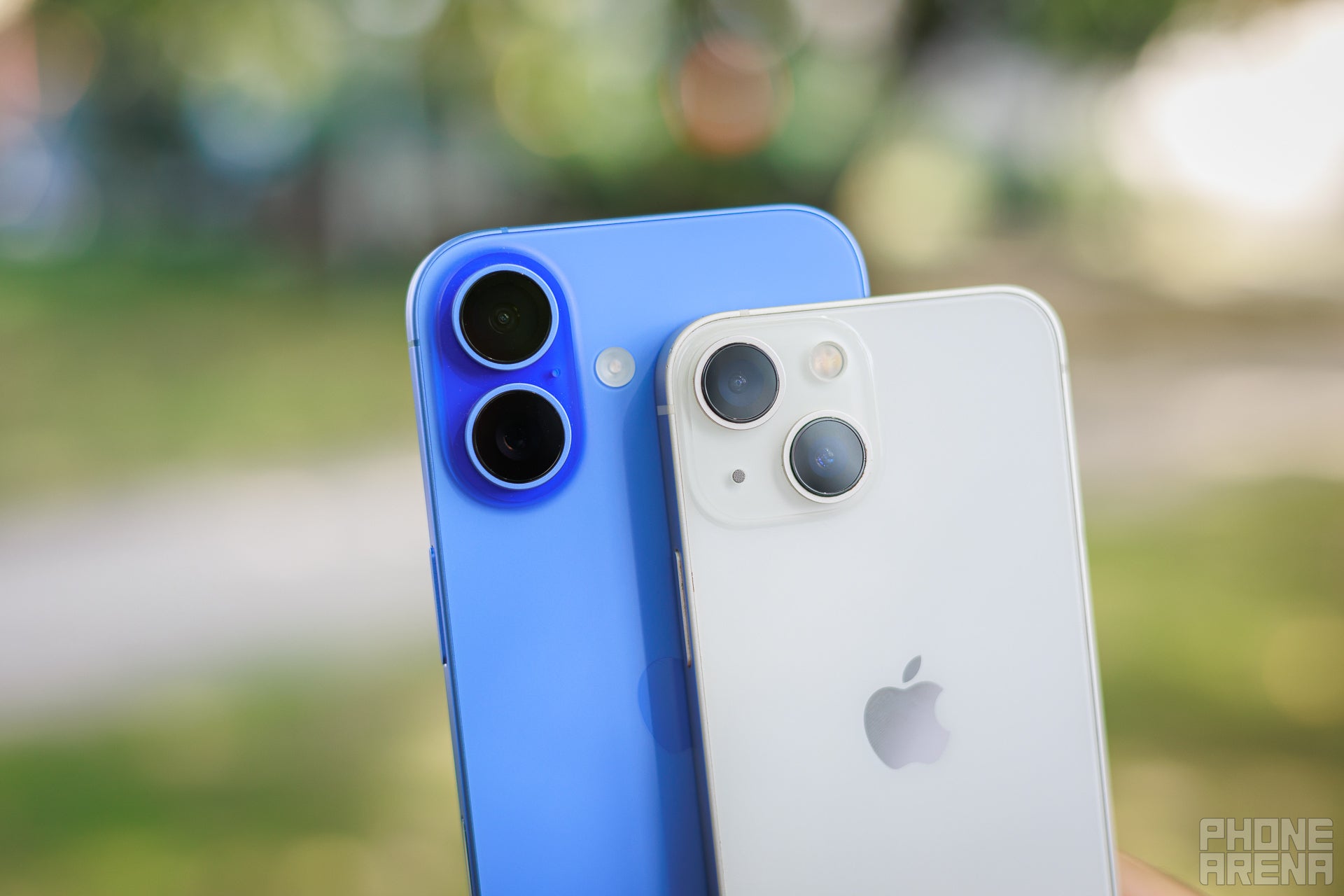
Both the iPhone 16 and the iPhone 13 mini both boast dual cameras. However, there are major differences, as one could imagine.
The main camera of the iPhone 16 is a high-res 48MP one, delivering greater detail in comparison with the 12MP one on the iPhone 13 mini. The high-res sensor also lets you utilize a 2X crop for a higher-quality digital zoom. The 12MP ultra-wide camera is common between the two devices, but the one on the iPhone 16 has macro support, whereas the iPhone 13 mini doesn't.
One major change is the camera layout. Unlike previous iPhone models, which have diagonal camera alignments, the iPhone 16 will adopt a vertical layout, which has not been seen since the iPhone 12 days. The reason for this repositioning is to allow the new iPhone 16 to record spatial video, which can be watched on the Apple Vision Pro headset.
And we already mentioned the new Camera Control button, which lets you interact with the iPhone 16's camera. You can take photos and videos with a single click, as well as control the exposure and other aspects of the camera with a single click and swipe on the new button.
The main camera of the iPhone 16 is a high-res 48MP one, delivering greater detail in comparison with the 12MP one on the iPhone 13 mini. The high-res sensor also lets you utilize a 2X crop for a higher-quality digital zoom. The 12MP ultra-wide camera is common between the two devices, but the one on the iPhone 16 has macro support, whereas the iPhone 13 mini doesn't.
One major change is the camera layout. Unlike previous iPhone models, which have diagonal camera alignments, the iPhone 16 will adopt a vertical layout, which has not been seen since the iPhone 12 days. The reason for this repositioning is to allow the new iPhone 16 to record spatial video, which can be watched on the Apple Vision Pro headset.
The iPhone 16 also easily dominates the older phone in the PhoneArena Camera Score. The new phone wins over in both the photo and video tests, which is kind of the expected outcome when we are dealing with devices that are more than two generations apart.
PhoneArena Camera Score:
Main Camera
In regular daylight conditions, the iPhone 16 is sharper and with better dynamics. Still, the iPhone 13 mini definitely stand This is a testament to just how good the iPhone 13 mini still is, as it doesn't really feel that you're losing much by not upgrading to the iPhone 16.
At night, there aren't that many difference either. One thing that immediately stands out is the visible oversharpening with the older iPhone 13 mini (just look at the flowers). Other than that, the dynamics and overall feel of both photos is pretty much similar.
Zoom Quality
When zooming, it's the higher-res camera and newer algorithms of the iPhone 16 that take the cake and deliver significantly better image quality. Here, the iPhone 13 mini is still in the race, but the drop in image quality is immediately visible in comparison with the iPhone 16.
At 10X, the difference in sharpness is palpable, as the iPhone gives us a usable photo, while the iPhone 13 mini outputs a smudgy mess.
Ultra-wide Camera
Not many differences in the ultra-wide camera test, as the two phones are essentially using pretty similar hardware. The main difference is the vibrancy of the colors in the iPhone 13 mini sample photo, whereas the iPhone 16 delivers a more natural and down-to-earth look.
At night, however, the iPhone 13 mini falloff is once again evident. The iPhone 16 has much better low-light sensitivity and does a much better job at exposing the photo correctly, and even throwing in some great detail to rub it onto the iPhone 13 mini.
Selfies
Not that many differences with the selfie cameras either––we'd pick either one to put on our social media channels.
More Camera Samples
Battery Life and Charging
iPhone 16 domination incoming
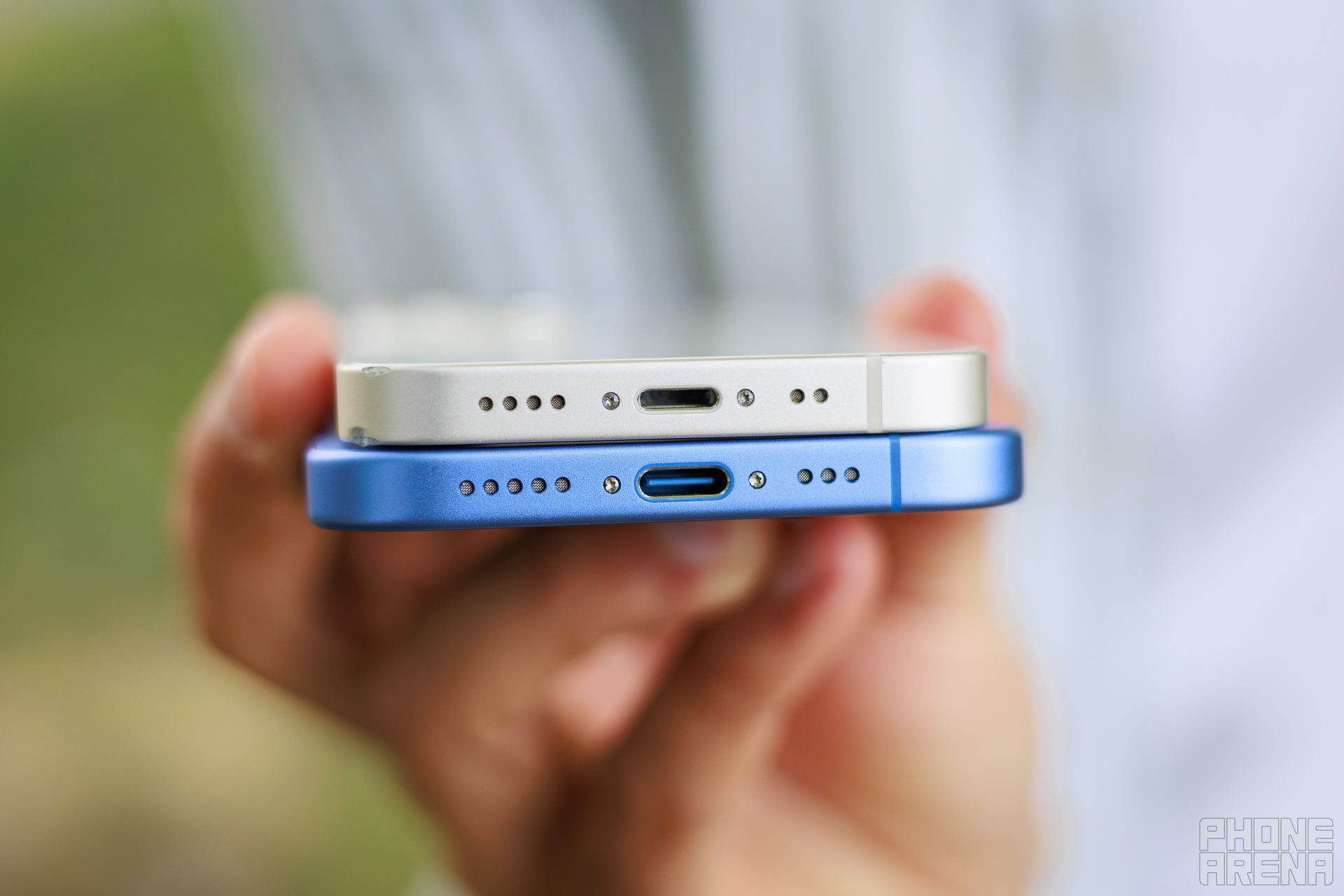
Coming in with a large 3,561mAh battery, the iPhone 16 is the battery life favorite here, as we have a particular lightweight fighter in the other corner: the iPhone 13 mini with its humble 2,406mAh battery, subpar as per today's standards.
Paired with the more efficient and faster A18 3nm chip, Apple's latest iPhone delivers excellent battery life, while the iPhone 13 mini will only do an outstanding job if you're always near an outlet or carry a MagSafe powerbank with you.
In the PhoneArena custom web browsing battery test, which aims to emulate a browsing workflow, the iPhone 16 outlasts the smaller phone by more than four hours. The same mostly applies to our 3D gaming test, engineered to replicate a mobile gaming experience: the iPhone 16 reaches nearly ten hours, while the iPhone 13 mini doesn't even reach six hours of battery life. The situation is mostly equal in our video streaming test, in which both phones gravitate within an hour of each other.
PhoneArena Battery and Charging Test Results:
On the charging front, some things have changed. While both phones share 20W charging speeds, the MagSafe wireless charging on the iPhone 16 has scored a serious update to 25W, whereas we only get 15W MagSafe on the iPhone 13 mini. Oh, and the iPhone 13 mini comes with a Lightning port, while the iPhone 16 will use a USB Type-C connector.
Both devices charge at a similar rate, taking them around an hour and forty minutes for a 0-100% charge.
Specs Comparison
Here's how the iPhone 16 vs iPhone 13 mini specs will compare once the former launches this September.
| iPhone 16 | iPhone 13 mini | |
|---|---|---|
| Size, weight | 147.6 x 71.6 x 7.8 mm, 170gr | 131.5 x 64.2 x 7.65 mm, 141gr |
| Screen | 6.1" OLED, 60Hz, 2000 nits peak brightness | 5.4" OLED, 60Hz, 1200 nits peak brightness |
| Processor | A18 3nm | A15 Bionic 5nm |
| RAM, Storage | 8/128GB 8/256GB 8/512GB | 4/128GB 4/256GB 4/512GB |
| Cameras | 48MP main, f1/6 12MP ultra, f/2.2 12MP front | 12MP main, f/1.6 12MP ultra, f/2.4 12MP front |
| Battery | 3,561mAh | 2,406mAh |
| Charging | USB-C 20W wired 25W MagSafe | Lightning 27W wired 15W MagSafe |
- You can also use PhoneArena's comparison tool to compare iPhones
Summary
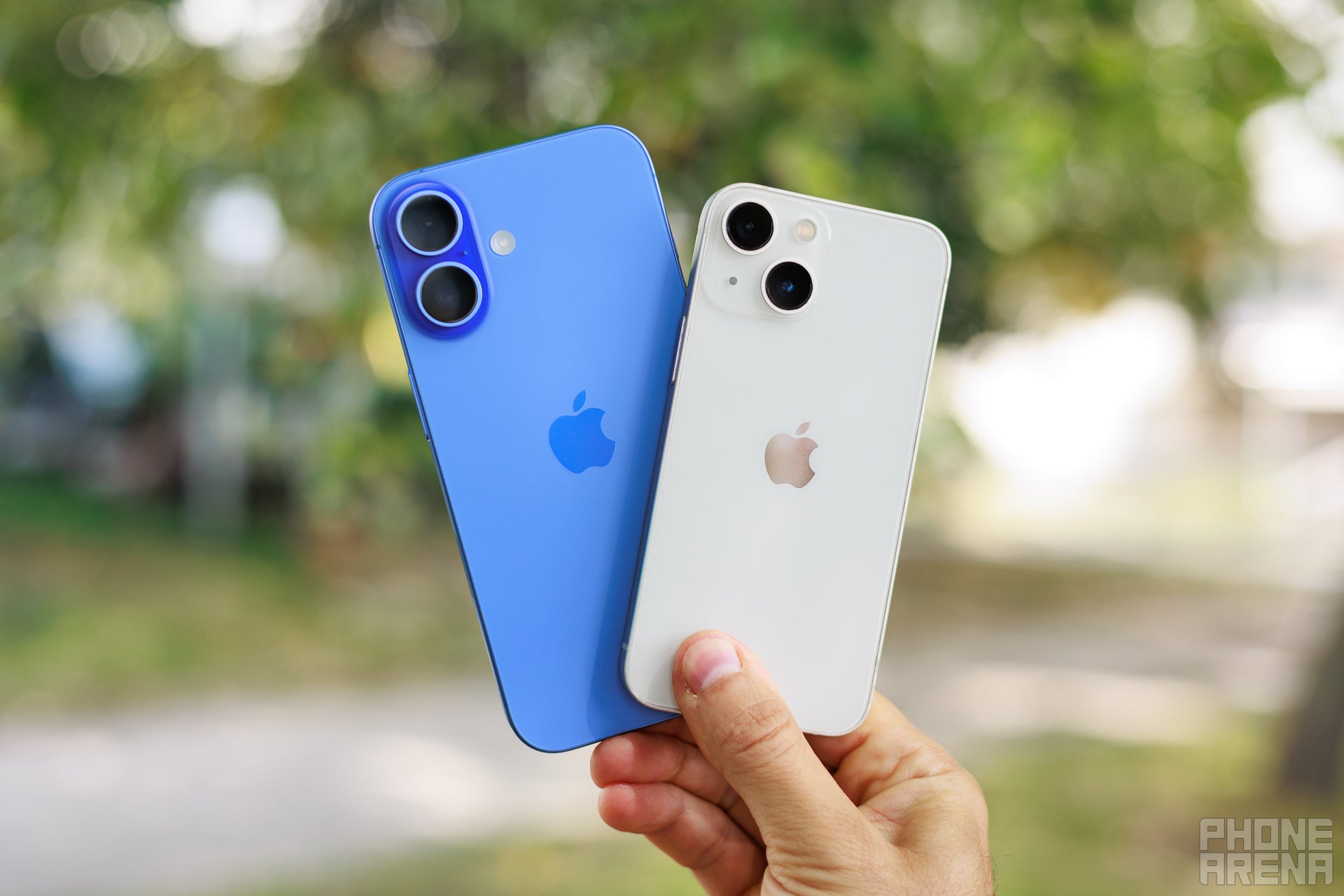
Although many definitely still bemoan the lack of a compact modern iPhone, this is what it is, and they will have to accept a reality that jumbo-sized phones are becoming the norm. You have to either adapt or hope that Lady Luck smiles your way.
The iPhone 16 could be the best bet for iPhone 13 mini users: at the disadvantage of a slightly larger device, you get faster performance, possibly better battery life, better camera, and access to Apple Intelligence, which will probably be a big thing in the coming years.
In case you would rather not part ways with your compact iPhone 13 mini, you better wait off for the iPhone SE 4th Gen, which might be coming in early 2025. This one will meet your size requirements better than the iPhone 16.
Should you upgrade? Sure, it feels like the iPhone 16 could be your best bet at the moment, delivering sensible upgrades over the aging compact trooper. It might be worth it to trade your iPhone 13 mini and get the new iPhone 16 while the compact phone still carries any value.
Follow us on Google News

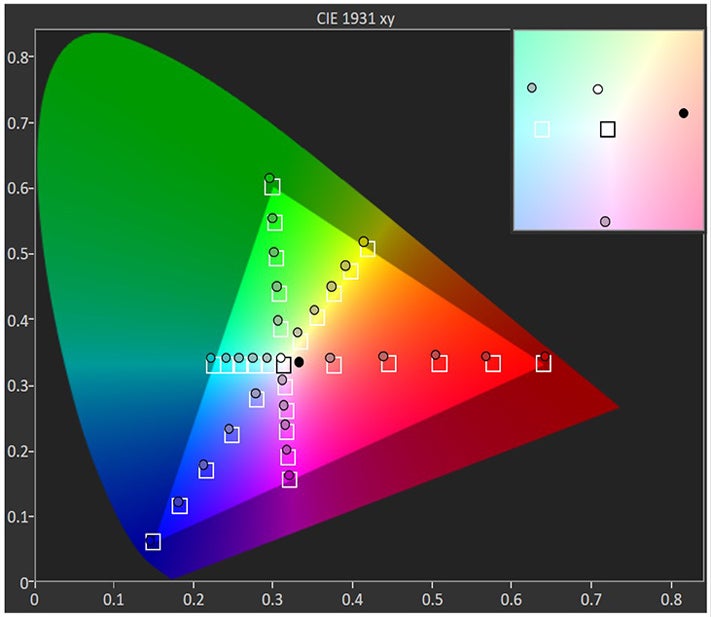





















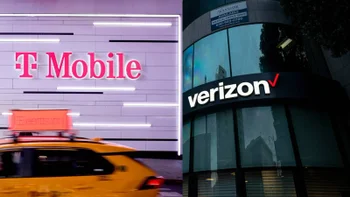
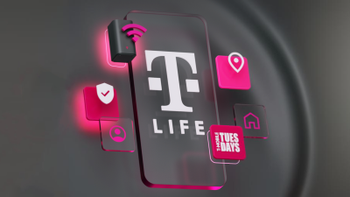
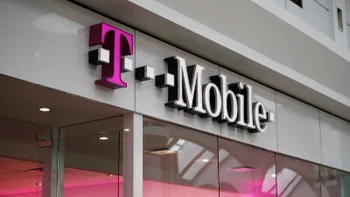
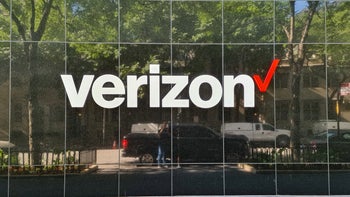
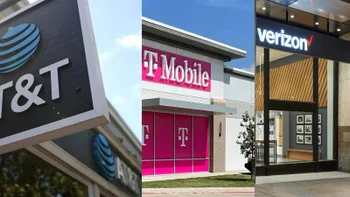
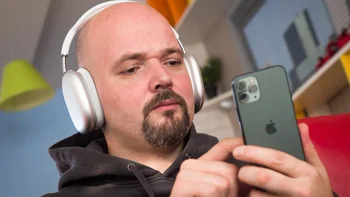
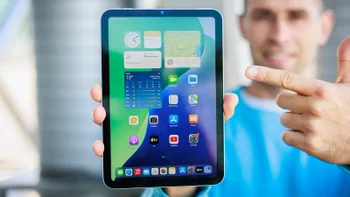

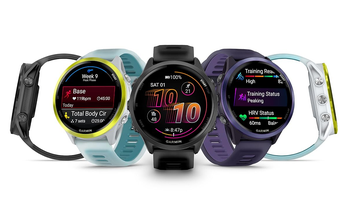

Things that are NOT allowed:
To help keep our community safe and free from spam, we apply temporary limits to newly created accounts: